Polestar, the Swedish car brand in the Geely Group, began its existence as a racing team before its expertise was used to start developing high-performance Volvos. It must have done pretty good work that Volvo decided to acquire it in 2015 and designate it as a high-performance division. After Geely acquired Volvo, Polestar was made a company on its own specialising in electric vehicles. And as its background was in high-performance products, it is focussed on high performance.
So far, the company has come out with two production models with others on the way. It has shown a concept car called Precept which will become a production model eventually. And more recently, it surprised the automotive world with a second concept car, this time a roadster. Called the Polestar O2, this is a hardtop convertible which shows that even with in the electric age, there will still be sportscars that can offer driving pleasure.
‘Hero car’ for the brand
“Polestar O2 is the hero car for our brand,” said Thomas Ingenlath, Polestar’s CEO. “It opens the door to our ‘secret chamber’ of future potential. This is a taste of what we can design and engineer with the talent and technology we have in-house. It looks incredible, and being able to lower the roof and not hear an engine promises a superb sensation.”
The driving experience with the O2 is designed to be lively, light and full of confidence. Predictability and playfulness are core to exciting, spirited driving. Tight body control, high rigidity and intuitive dynamics are inherent benefits of the bespoke bonded aluminium platform, which is adapted from the upcoming Polestar 5, developed in-house by the R&D team in the UK.
The high quality and rigidity of the bonded aluminium platform are geared towards heightened dynamic response. Handling dynamics are taut thanks also to small roll angles and high roll damping, and the agile, direct steering feel is linear, with great steering torque build-up.
Related to Precept concept
Clearly related to the Precept concept car but with its own distinct character, the look of O2 shows how Polestar’s evolving design language can be adapted to different bodystyles with a strong family resemblance. The low and wide body with an assertive stance, compact 2+2 cabin design, minimal overhangs and a long wheelbase, embody classic sportscar proportions but with a clearly modern, electric feel.
Aerodynamics are manipulated to maximise range, thanks to disguised design features like integrated ducts that improve laminar airflow over the wheels and body sides, and the rear lights that function as air blades to reduce turbulence behind the car.
Sustainability and technology
The O2 also showcases advances in sustainability and technology. A new thermoplastic mono-material features extensively in the interior. The term ‘mono-material’ describes the use of a single base material to manufacture different components. In the O2, recycled polyester is the sole material used for all the soft components of the interior: foam, adhesive, 3D knit fibres and non-woven lamination. This simplifies recycling and is a significant step towards greater circularity, while also reducing weight and waste.
Polestar’s sustainability teams believe that materials should be recycled, not downcycled. In the O2, they have integrated a new method of controlling recycled content and improving circularity of metal components. Different grades of aluminium are used throughout the chassis to help deliver a thrilling driving experience.
These different grades are labelled, allowing them to be recycled more effectively and for their properties to be retained. High grade aluminium remains high grade, while other grades maintain their varied characteristics, allowing for greater material efficiency and a lower requirement for virgin aluminium.
Integrated autonomous drone
As a special feature, the O2 features an autonomous cinematic drone integrated behind the rear seats. Developed in collaboration with Aerofugia’s consumer electronics brand Hoco Flow, the concept drone can be deployed while the car is moving. An integrated aerofoil can be raised to prevent turbulence behind the seats where the drone launches from.
Once in the air, it can follow the car at speeds up to 90 km/h and be set to autonomously record video from above. A control panel on the dashboard allows the driver to choose between an atmospheric sequence – great for a coastline cruise – or a more action-filled sequence with a sportier expression. After filming, the drone can autonomously return to the car. Video clips can be edited and shared directly from the 15-inch centre display when the car is parked.
“We wanted to emphasise the experience you can have with a car like the Polestar O2 in new and unusual ways,” said Maximilian Missoni, Polestar’s Head of Design. “Integrating an autonomous cinematic drone was something that allowed us to push the boundaries on the innovation front. Not needing to stop and off-load the drone before filming, but rather deploying it at speed, is a key benefit to this innovative design.”
Polestar has not said it will make the O2 for sale but given the enthusiastic response to it, perhaps they may consider. In any case, there are three cars confirmed over the next 3 years and each ‘has potential to gradually realise some of the ideas presented by these concept cars’, the company said.
Like all carmakers, Kia Corporation has formulated strategic plans for the rest of this decade, not just with respect to electrification but also for the bigger picture of mobility. The company aims to be more than just a car manufacturer and be a Sustainable Mobility Solutions Provider. To achieve this vision, its roadmap builds on the successful ‘Plan S’ strategy first announced in 2020. This corporate vision is supported by three key pillars – people, planet and profit.
The company has set 4 key business targets to reach by 2030. These core business aims are: accelerating electrification and achieving annual sales of 1.2 million battery electric vehicles (BEVs) by the end of the decade; reaching 4 million annual vehicle sales by 2030s; expanding the application of connected car features and autonomous driving technologies to all new vehicles; and of course, become the No. 1 brand in the global purpose-built vehicle (PBV) market.
During a recent CEO Investor Day event, Ho Sung Song, President & CEO of Kia Corporation, said: “Kia has been undergoing a full-scale transformation which has included changes in corporate vision, logo, product and design, and strategy. To achieve the company’s vision of becoming a Sustainable Mobility Solutions Provider, we will focus on accelerating the transition to future business models. We will become even more customer-centric in our approach and pursue a dynamic transformation while maintaining sound business operations.”
During the 2 years since first revealing its Plan S strategy, Kia has recorded its highest ever gross revenue and operating profit (in 2021). It aims to continue this positive momentum to create further value in both qualitative and quantitative aspects from 2022 onwards.
How to reach 4 million units?
Starting with an annual global sales goal of 3.15 million units in 2022, Kia will progressively increase annual volumes to 4 million units, which will be a 27% increase from its target for 2022. As part of this quantitative growth, the company will also expand sales of eco-friendly vehicles such as BEVs, plug-in hybrid electric vehicles (PHEVs) and hybrid electric vehicles (HEVs). In coming years, the proportion of eco-friendly cars will go from 17% of global sales in 2022 to 52 per cent in 2030.
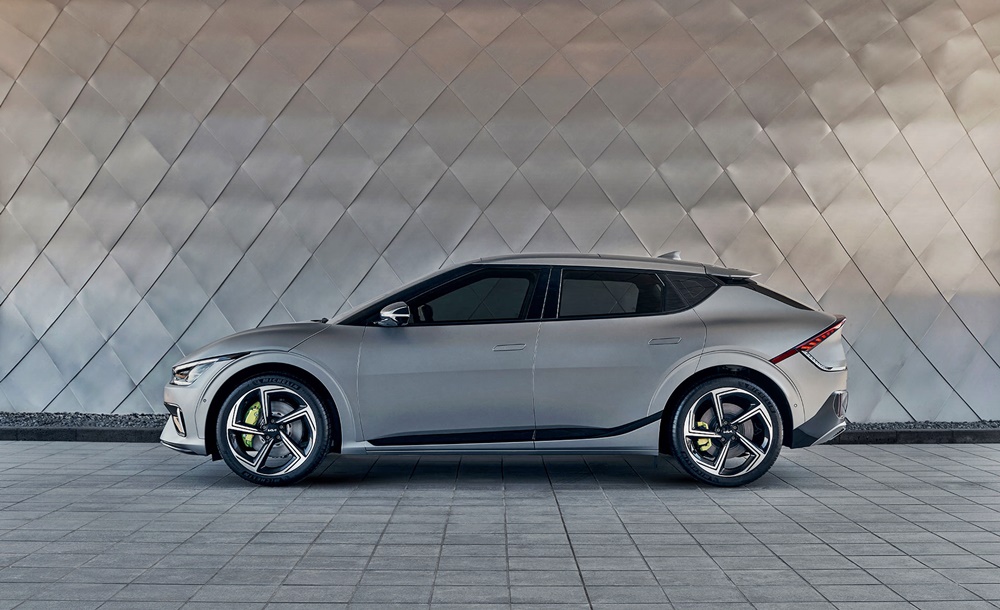
The increase in proportion will be more evident in major markets with strong environmental regulations and a growing demand for EVs. These are markets such as Korea, North America, Europe and China, and the proportion will go up to 78% by 2030.
14 BEV models by 2027
Kia aims to solidify its position as the world’s leading EV maker and to achieve this, it will expand its BEV product line-up. The present line-up is limited but from next year, there will be at least 2 BEVs per year, with a full line-up of 14 BEVs by 2027. Compared to its previous plan to release 11 models by 2026, Kia will also add 2 electric pick-up trucks – a dedicated electric pickup truck and a strategic model for emerging markets – and an entry-level BEV model.
Its EV range will be topped by a flagship model, the EV9, set for launch in 2023. Although the EV9 will be a large SUV with a total length of around 5 metres, it will have a claimed acceleration of 0 – 100 km/h of 5 seconds, and range of approximately 540 kms. Advanced technologies will allow for 100 kms of driving range on just a 6-minute charge.
A first for Kia, the EV9 will also feature OTA (Over the Air) and FoD (Feature on Demand) services that will allow customers to selectively purchase software functions. In addition, it will be the first model to be equipped with Kia’s advanced AutoMode autonomous driving technology.
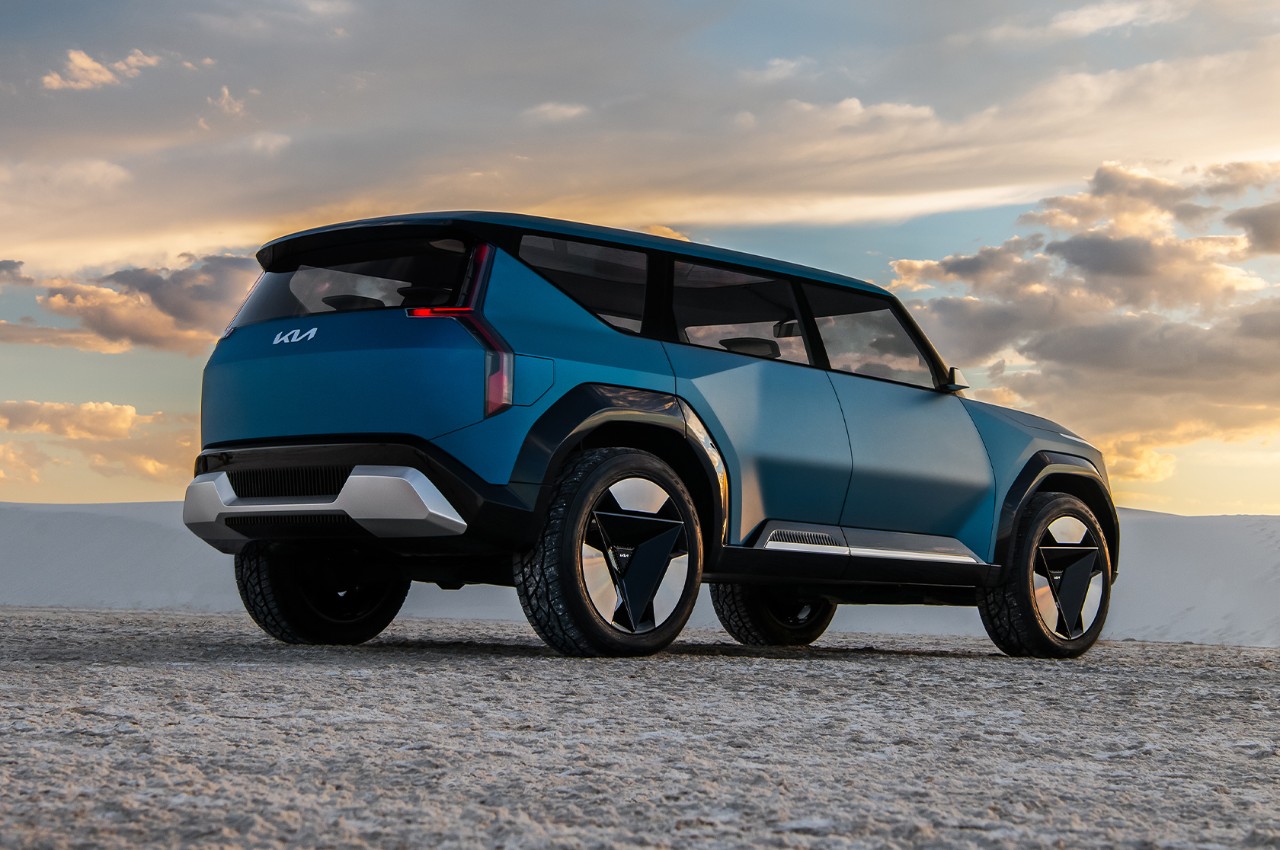
1.2 million BEV sales in 2030
New models like the EV9 will help Kia increase sales of its BEVs from the 160,000 units planned for this year to 807,000 units in 2026, and 1.2 million in 2030. That’s a 36% increase from the 2030 EV target announced during last year’s CEO Investor Day, indicating that the company is going to take a more aggressive approach. Kia projects that over 80% of its BEV sales in 2030 will come from Korea, North America, Europe and China, and a 45 per cent share of total Kia sales will come from these major markets.
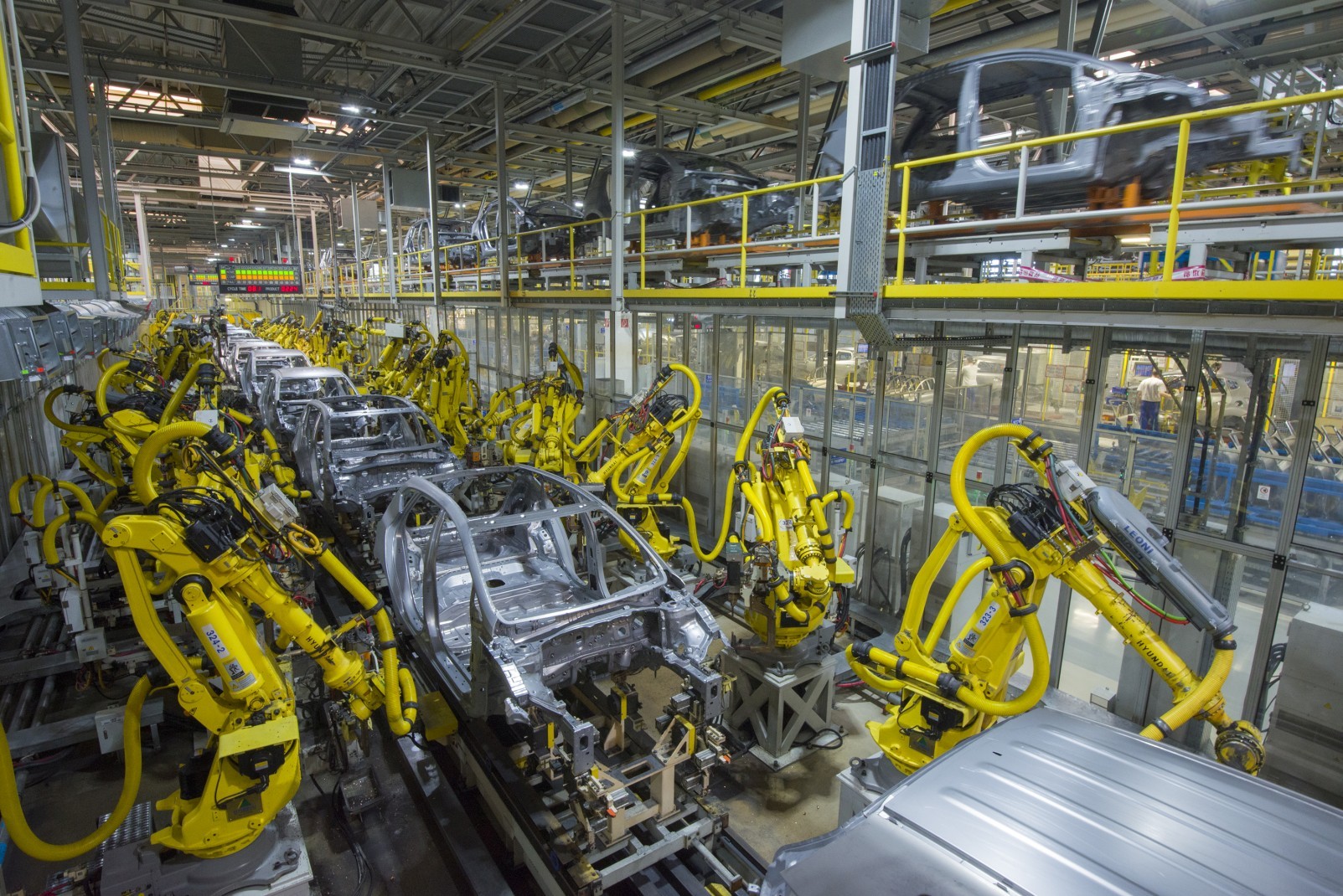
To meet the demands of the expanding volume of EVs each year, the roles of individual production sites will evolve. Korea will serve as a global hub for R&D, production and supply of EVs, while other global production sites will produce strategic EVs for each market.
In Europe, for example, small and medium-sized EVs will be produced starting from 2025. In the USA, where mid-sized SUVs and pick-ups are popular, electric versions of these models will be produced locally from 2024. In China, Kia plans to introduce mid-size EV models from next year, and for India, there will be entry and mid-size EV models from 2025 produced there.
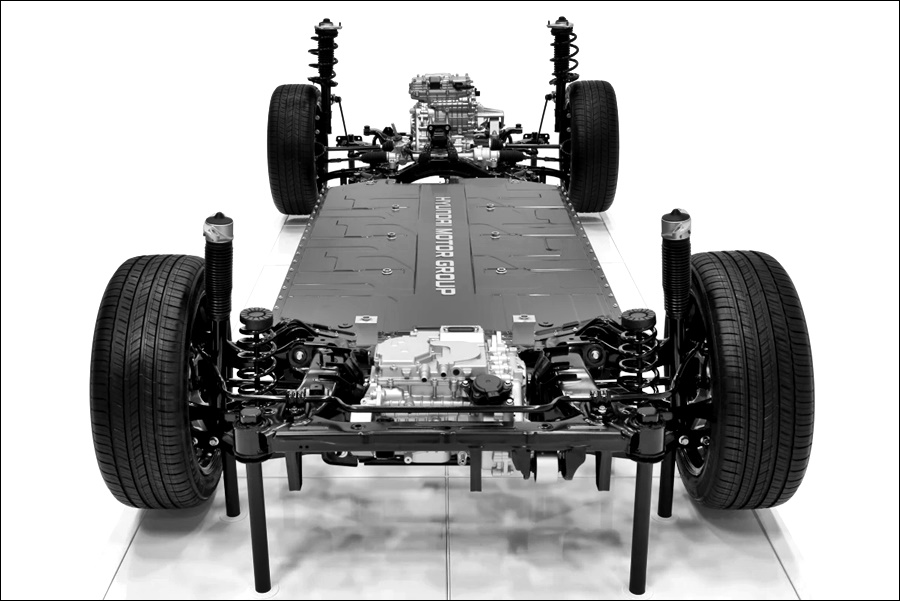
Batteries are a crucial item for BEVs as they supply energy to power the motors so Kia is planning to upgrade its battery technology, and establish a battery supply and demand strategy. While establishing a stable battery supply and demand system by outsourcing to global battery companies, Kia also plans to get batteries from the Indonesian battery cell joint venture. As crucial a factor as supply will also be cost, and Kia is working towards reducing system costs by 40%t, thereby enhancing price competitiveness.
Autonomous driving technology
Autonomous vehicles will come in future and Kia is actively developing the technologies which will be branded ‘AutoMode’. This will include a Highway Driving Pilot feature which would enable driving without driver intervention on highway sections. It will make its first appearance in the EV9 next year, and by 2026, all new models launched in major markets will be available with AutoMode. The adoption rate is expected to surpass 80% and in the long term, the company plans to further upgrade AutoMode technology and implement fully autonomous driving technology.
Kia Malaysia reveals 5-year plan with 61% of local production to be exported
Since being established 73 years ago, Honda Motor has been able to remain independent instead of becoming part of a bigger group. On its own, it has been able to successfully manage its business and endure even the most challenging periods without having to surrender its independence. However, the 21st century sees the auto industry changing and with the move towards electric vehicles (EVs), the cost of developing entirely new technologies is very high. In April, Honda became the first Japanese automaker to declare its intention will stop selling combustion-engines vehicles by 2040.
So even though Honda has preferred to be a ‘lone ranger’, it has been forming strategic alliances with some companies in the area of EVs because it is crucial to remain competitive in the new field, and sharing resources is more realistic. Honda has already agreed with General Motors to jointly develop two all-new EVs for Honda’s range, based on GM’s global EV platform. The EVs will be manufactured at GM plants in North America with sales expected to begin in 2024 for that market.
New joint-venture company
On another front, Honda will be working with Sony Group Corporation to develop EVs as well. The two companies have signed a Memorandum of Understanding (MoU) that outlines their intent to form a joint venture company through which they plan to engage in the joint development and sales of high value-added battery electric vehicles (BEVs) and commercialize them in conjunction with providing mobility services. The new company is expected to be established before the end of this year.
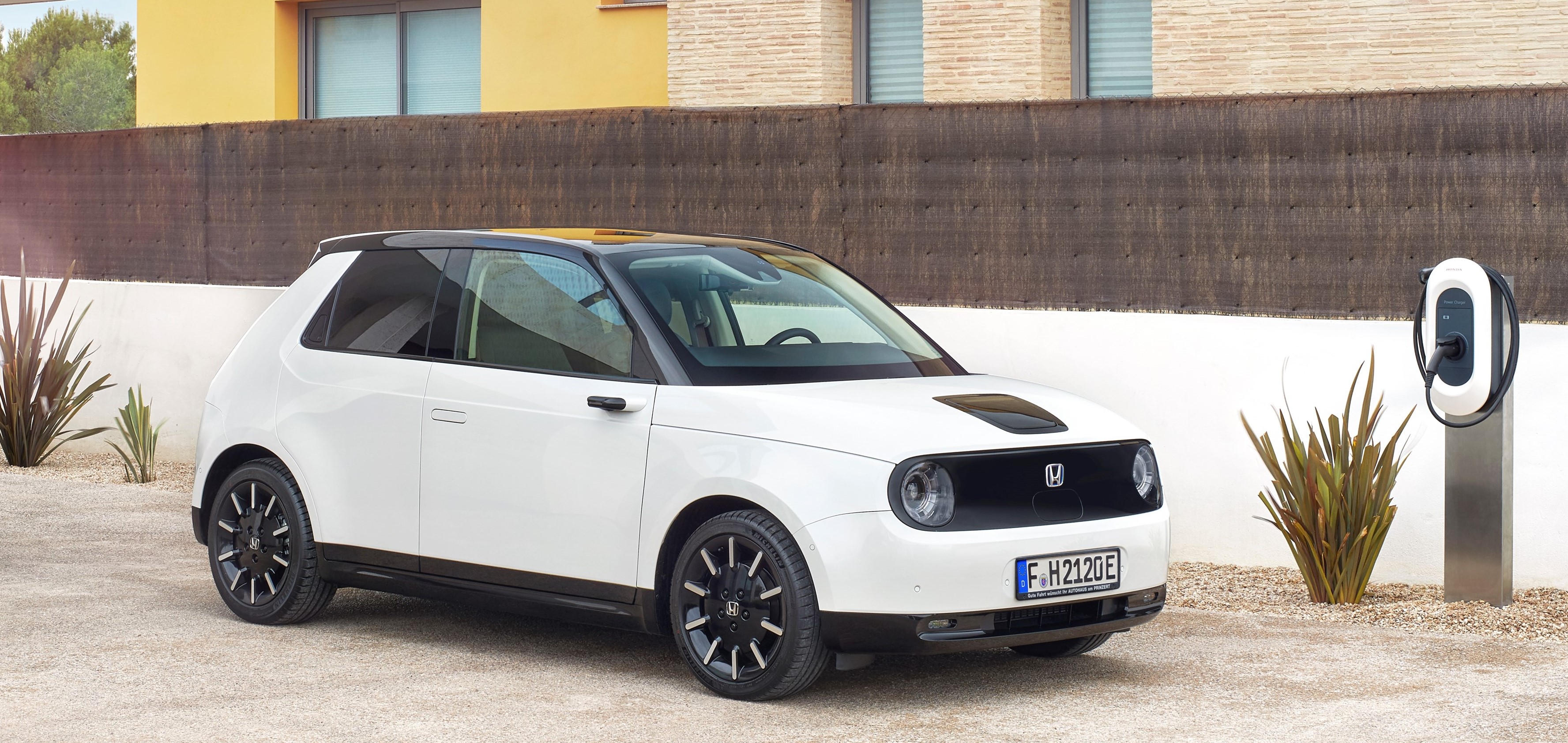
This alliance aims to bring together Honda’s mobility development capabilities, vehicle body manufacturing technology and aftersales service management experience, while Sony has expertise in the development and application of imaging, sensing, telecommunication, network, and entertainment technologies.
Sony has already developed EVs
Honda has already developed a few EV models for sale, with the Honda e having received a good response in Europe. Sony has also been developing its own EVs, with two prototypes displayed earlier this year at CES 2022 in Las Vegas. The prototypes appear to have reached quite an advanced stage and have been shown in real-world road-testing.
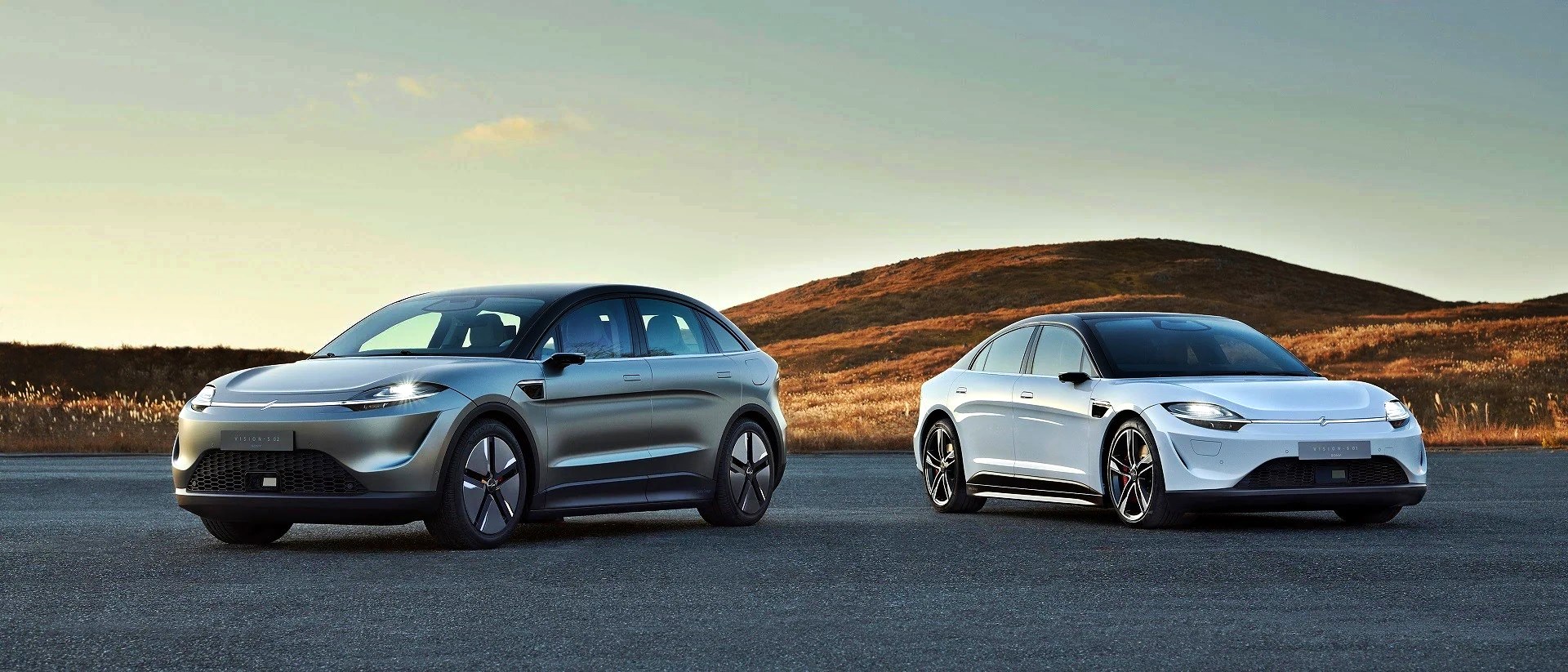
While Sony announced in January that it would start a new unit called Sony Mobility which would handle commercialization of EVs, this move may well have been too challenging for the company which does not have experience in making cars. Honda, on the other hand, has been producing many fine cars with its decades of experience. As Sony would have vast experience in electronics, which are dominant in EVs, its expertise will be very useful.
So it remains to be seen whether Honda will adopt Sony’s concepts – called VISION-S – or come out with a new design. If they want to do a new design, they have less than 3 years to do so as the plan is to start sales of the first model from the new company in 2025.
A new brand name?
There is also a possibility that the new EVs will have separate branding rather than be sold as Honda or Sony products. This is because the agreement is for the new company ‘to plan, design, develop, and sell the EVs’. It is agreed that Honda will be responsible for manufacturing the first EV model at its own factory.
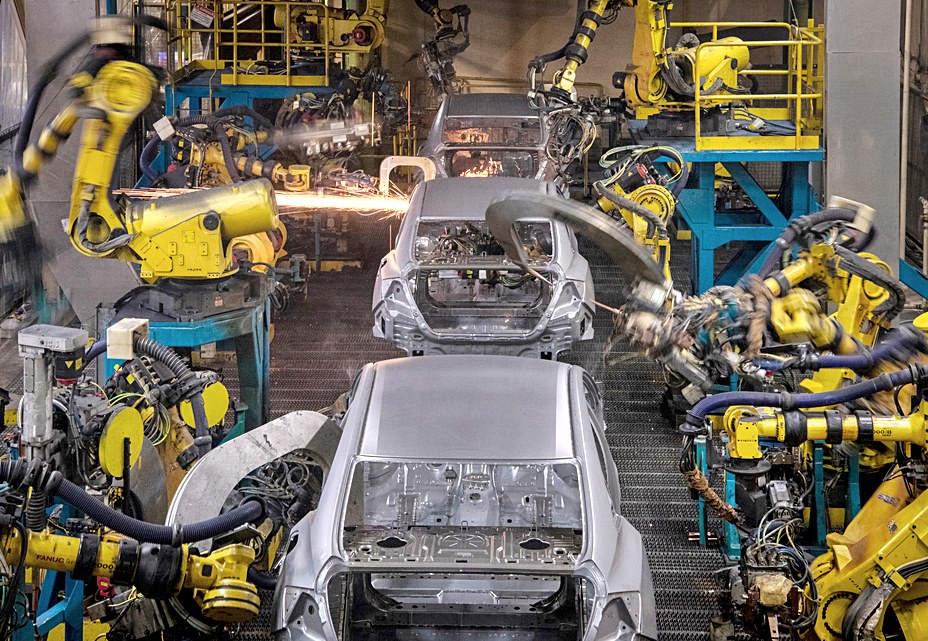
“The New Company will aim to stand at the forefront of innovation, evolution, and expansion of mobility around the world, by taking a broad and ambitious approach to creating value that exceeds the expectations and imagination of customers. We will do so by leveraging Honda’s cutting-edge technology and know-how in relation to the environment and safety, while aligning the technological assets of both companies. Although Sony and Honda are companies that share many historical and cultural similarities, our areas of technological expertise are very different. Therefore, I believe this alliance which brings together the strengths of our two companies offers great possibilities for the future of mobility,” said Toshihiro Mibe, Director, President, Representative Executive Officer & CEO of Honda Motor.
Over the past decade, the auto industry has probably seen more new companies starting up than at any other time except in the earliest years over 100 years ago. And where those early companies saw new business opportunities with the motorized carriage invented by Karl Benz in 1886, the new companies of the 21st century see great opportunities in electrically-powered ‘carriages’ – electric vehicles (EVs). And not having the legacy of decades of investment in vehicles with combustion engines, these new companies can be on the starting line alongside the established players in the new race.
More than just cars
But it’s not just transport vehicles which these newcomers are developing as they also look at providing mobility in a broader sense and as a service, rather than just selling the product. One such company is Faraday Future (FF), an American company originally founded by a Chinese businessman in 2014, which describes itself as a ‘shared intelligent mobility ecosystem company’. After some financial difficulties, the company was able to get substantial funding and went public on the NASDAQ Stock Exchange in New York City and proceeded to set up its manufacturing facility in California.
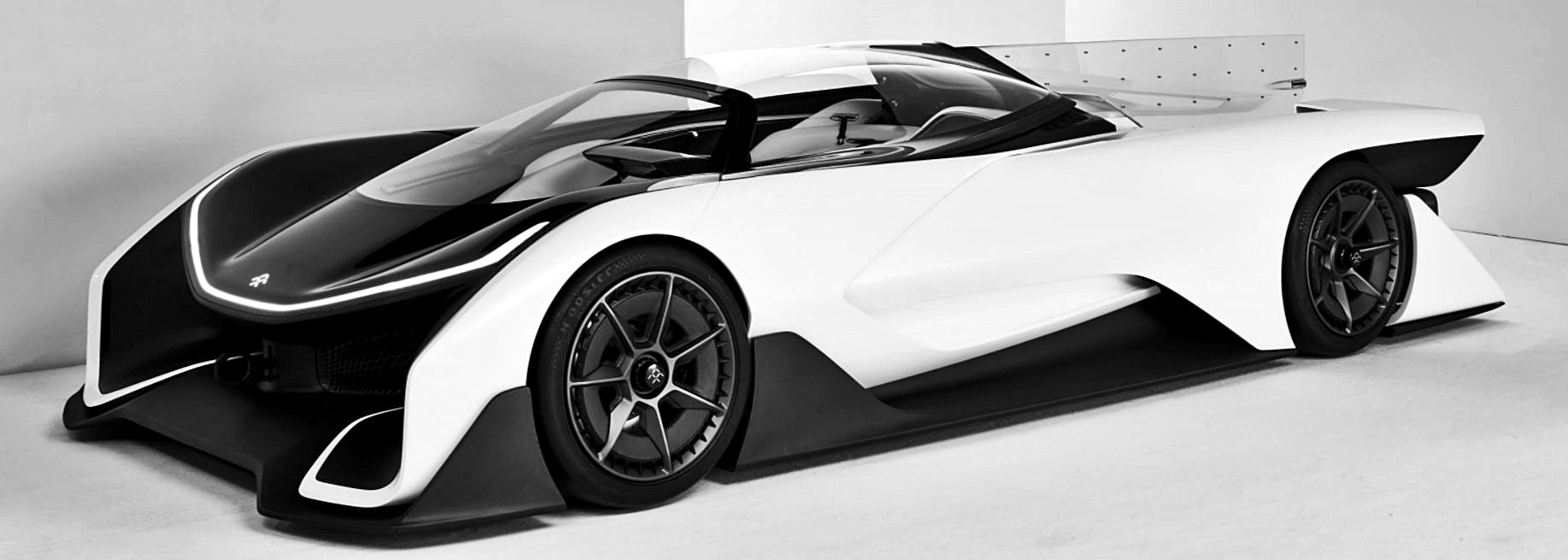
Its first concept car was the futuristic FF ZERO 1 which was shown in 2016 at CES and some other events, more to draw attention to the new company than as a preview of the EV it would build. That came a year later in the form of the FF 91 which remains as the designation for the production model.
SUV bodystyle for flagship
The FF 91, to be the flagship model, is designed to be highly modular. It is built with the company’s Variable Platform Architecture (VPA) that includes the FF Echelon Inverter, the first patent of Faraday Future. It’s a large car – overall length of 5255 mm and width of 1986 mm – sitting on a wheelbase of 3.2 metres, which is comparable to a BMW X7.
The mono-volume is a SUV bodystyle which has design features not constrained by traditional engineering approaches. Unlike early EVs which used architecture based on vehicles with combustion engines and mechanical drivetrains, the new generation of EVs are essentially clean-sheet designs that are optimized for electrical components, systems and layouts. Everything is incorporated on a skateboard platform for ease of manufacturing and simplicity.
3 motors, 1,050 ps, AWD
While details of the powertrain are not given at this time, FF does provide some performance claims. There will be 3 electric motors powered by a 120 kWh battery pack with patented submerged liquid cooling technology. The system output will be 1,050 ps and the 0 to 60 mph (96 km/h) acceleration time is claimed to be less than 2.4 seconds. A fully charged lithium-ion battery pack is expected to provide up to 700 kms of range.
All four wheels will be powered with AWD and there will also be all-wheel steer with rear-wheel torque-vectoring. Before full-scale production starts, real-world testing will be carried out in America and most likely in China as well.
It’s not been mentioned what level of autonomous capability the FF 91 will have though it would surely be above Level 2. It will be fitted with a LiDAR sensor and use cameras for the door mirrors and inside rearview mirror.
High-tech interior
The FF 91 will have the ability to memorize different user profiles in FFIDs so each driver’s preferences and even content choices can be set upon entry. Information and entertainment will be displayed on 11 different displays around the cabin with a total of over 2.5 metres of high-resolution viewing area. The rear occupants will also get a state-of-the-art Mobile Movie Theatre screen on the ceiling which can be used for entertainment or even video conferencing.
The rear seats have a zero-gravity concept inspired by NASA and we’re not sure if this is similar to those which are found in some Nissan models (also called Zero-Gravity seats) but it sounds similar. In zero gravity, the human body naturally assumes what NASA scientists call the ‘Neutral Body Posture’ and using the posture data, the rear seats are designed to enable the ideal distribution of the body’s weight. The seats can also recline up to 60 degrees, which is industry-leading.
First 300 units booked
FF began accepting orders last July for two versions of the FF 91 – the Futurist Alliance and the Futurist. The Futurist Alliance will be a limited edition of only 300 units and exclusive colours and wheels. Apparently, all 300 units have already been booked by customers who received special invitations.
The first pre-production unit left the factory earlier this week and with volume production starting from the middle of this year, deliveries are expected to start during the final quarter of the year.
Over 70 years ago, a Volkswagen importer in Holland by the name of Ben Pons saw an opportunity to offer customers a versatile vehicle which could be adapted from the platform of the Beetle, then still a young product. He sketched a box like body on top of the Beetle platform and suggested it to Volkswagen which agreed to build prototypes. When the public saw the model, simply referred to as ‘T1’, there was great demand and so was born a vehicle that would become an icon in the decades that followed.
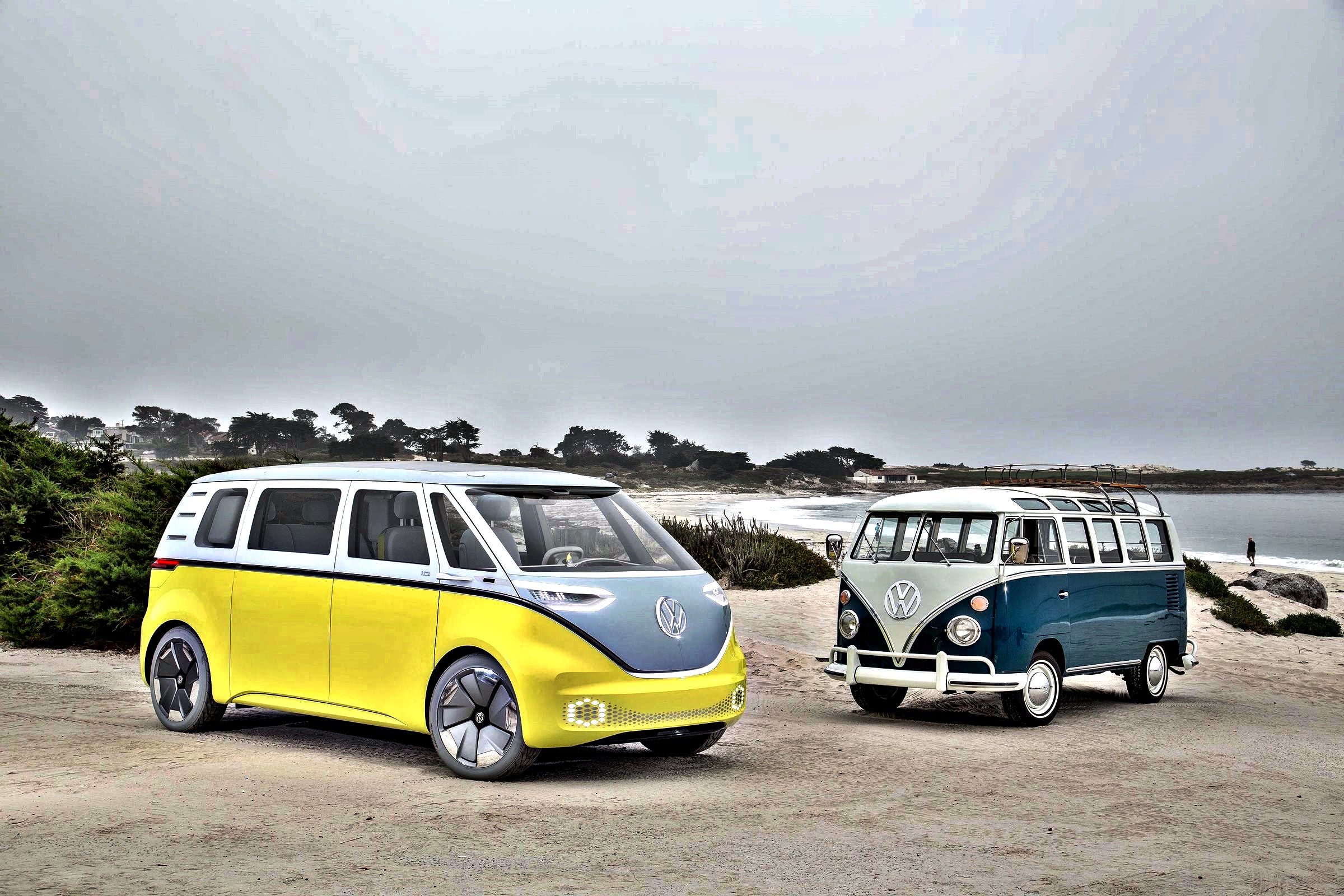
The original multi-purpose vehicle
It came to have various names – Kombi, Transporter, Caravelle, among them – and found use in numerous roles from people-carrier to goods transporter. In America, it was a ‘Microbus’ and became one of the symbols of the counter-culture movement there. Its low cost and simplicity made it easily affordable by the hippies who would live in it and gave the vehicles a lot of character with creative paintwork.
The original rounded form evolved into a more cubic shape with the third generation in 1979 and in 1983, the air-cooled engine was replaced by a water-cooled unit. The current generation is the T6 which was introduced in 2015 and continues to be a popular model in the midsize van segment.
Part of ID. family of EVs
However, with the trend towards electrification, Volkswagen has had to think of how to continue this iconic model with a zero emission powerplant. Its answer is a model known as the Buzz, which will be part of the ID. family of battery electric vehicles BEVs. The model, to be unveiled early next month, was shown in 2017 as the BUZZ concept and it received sufficient positive feedback that it was approved for production.
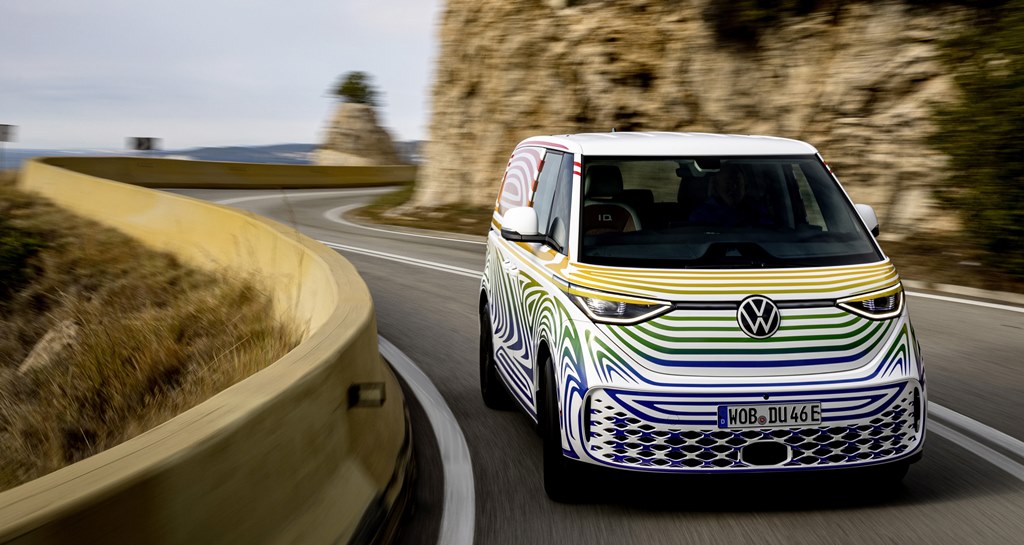
Volkswagen will have two versions of the electrically-powered model – the Buzz (a 5-seater) and Buzz Cargo (a van). The designers have transferred the styling of the 2017 concept car to the production version, and it has the design elements of the legendary T1. Those elements include extremely short body overhangs, maximum utilization of space on a minimal footprint, the classic division of the vehicle body design into an upper and lower level, and the V-shaped face. And just like the original, the Buzz also has rear-wheel drive.
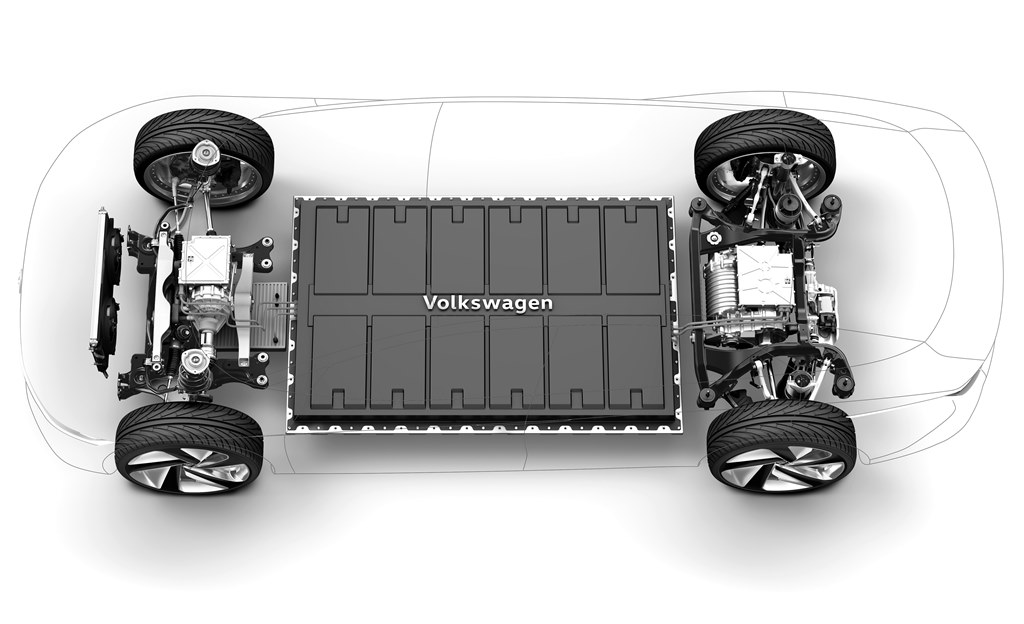
VW Group MEB platform
The new model line is based on the Volkswagen Group’s Modular Electric Drive Kit (MEB). This uses a high-voltage lithium-ion battery providing gross energy content of 82 kWh, supplying 150 kW to the electric motor integrated in and driving the rear axle. The top speed is electronically limited at 145 km/h but official figures for range are not yet available. Unlike its combustion engine predecessor, the Buzz will be more agile with maximum torque of 310 Nm available when moving off.
Maximum space utilization
The MEB architecture has been designed to be variable and Volkswagen’s engineers have developed a versatile structure that facilitates a wide spectrum of roles – as a 5-seater leisure vehicle as well as a 3-seater cargo transporter. The range will be extended when another variant with a longer wheelbase and more possibilities of interior configurations debuts in 2023.
The standard wheelbase versions (2988 mm) of the Buzz and Buzz Cargo are just 4712 mm long. By way of comparison, the wheelbase of the Buzz is only 2 mm different to that of the current T6, which is 4904 mm long. The Buzz thus offers a similar internal length but is able to use smaller parking spaces. The passenger Buzz, which has a generous greenhouse, is 1937 mm high, which is lower than the T6, and is also 81 mm wider.
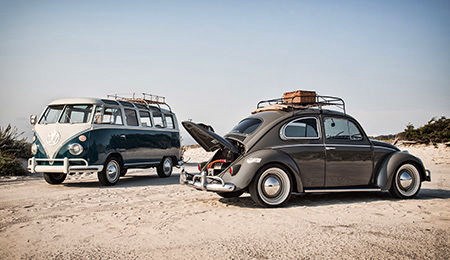
Thanks to the space-saving MEB concept, the two electric vans can offer good space utilization. The Buzz can take up to 1,121 litres of luggage even with all 5 seats occupied. For the Buzz Cargo, there‘s a volume of 3.9 cubic metres behind a partition that separates the front seats.
‘Plug & Charge’ and bi-directional charging
Using the latest ID. software, the model line will in future offer convenient charging methods such as the ‘Plug & Charge’ function. Using this function, the Buzz authenticates itself at many providers’ quick-charging (DC) stations via the charging connector, exchanging all necessary data with it in this way. And there is also the possibility of bi-directional charging which is available in some markets. This technology opens up a whole new spectrum of possibilities, such as the ability to store excess power from a home’s solar panels in the vehicle’s battery pack and to feed it back into the home in the evening.
Like other ID. models, the Buzz can receive software updates over the air (provided there is a connection). These include both updates for the infotainment system and updates relating to charging or driver assist functions. The spectrum of driver-assist systems available across various markets includes innovatively interconnected technologies such as the new ‘Trained Parking’ function (automatic maneuvering into and out of parking spaces); ‘Car2X’ (warnings and hazard alerts in the local vicinity); and the latest version of ‘Travel Assist’ that features crowd=sourced data to facilitate forward and lateral guidance on a partly automated basis across the full speed range.
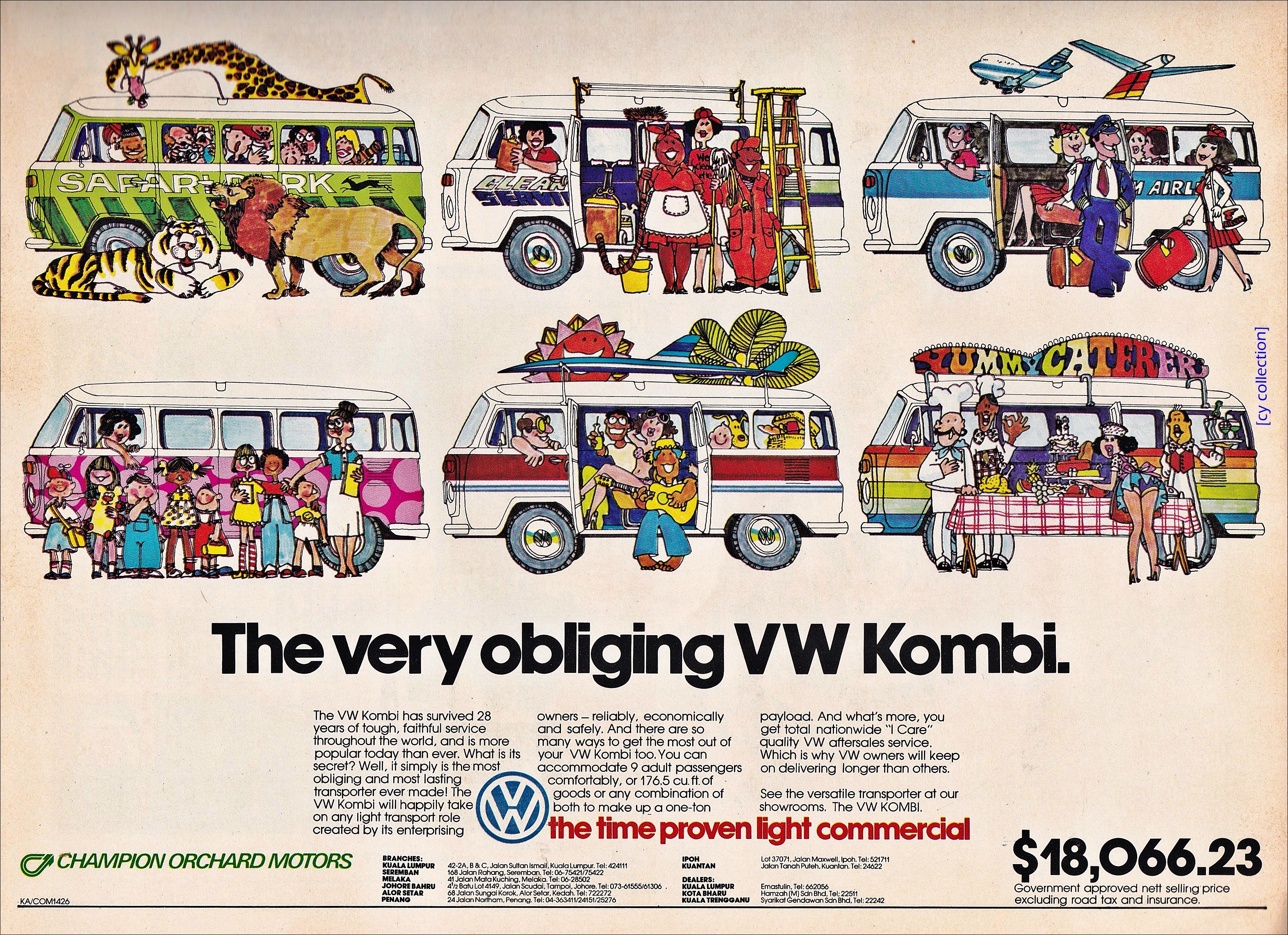
Lower-priced Volkswagen ID.LIFE to help increase adoption of EVs
Reigning Extreme E champions Rosberg X Racing (RXR) continued their winning ways with overall victory in the opening round of the all-electric off-road series in NEOM, Saudi Arabia. This is the second season of Extreme E and for this season, RXR (owned and managed by Nico Rosberg, the former F1 champion) retained the services of Johan Kristoffersson with a new team-mate. Mikaela Ahlin-Kottulinsky.
The pair were the victors in a Final of two halves, as a red flag was brought out at the end of the first lap following a big accident for McLaren XE’s Tanner Foust who, in a bid for third place clipped the back of the RXR car driven by Ahlin-Kottulinsky and then rolled his ODYSSEY 21 on the opening lap.
The race resumed for a one-lap shootout, with the four teams released at intervals that matched how they had entered the Switch Zone. X44’s Cristina Gutierrez attempted to close down Laia Sanz in the ACCIONA | Sainz XE Team car, while Kristoffersson closed the gap on the two Spaniards from third.
The RXR driver soon passed Gutierrrez on the inside, setting his sights on Sanz. As the Desert X Prix entered its closing stages, Kristoffersson took a wide line into the second to last corner for an aggressive overtake on Sanz and secure a dramatic win ahead of ACCIONA | Sainz XE Team, with X44 completing the podium.
Chip Ganassi Racing came fourth having secured a spot in the Final with a win in Semi-Final 2, and McLaren XE finished fifth despite Foust’s crash having made an excellent comeback from Qualifying to win the Crazy Race.
“It feels really good, but every week feels good. Every time we go for a race, we have the aim to win, but the competition is so high this year, especially with McLaren coming in, which raises the bar even higher. We learned quite a lot last year, but now things are even tighter we’ll have to work even harder. I’m just very happy to start off the season with maximum points,” said Kristoffersson.
RXR’s win was not surprising as the team set the pace in the first qualifying session. It was a dramatic first session over the 6.9-km course which was disrupted by a red flag following a crash for Veloce Racing’s Christine GZ. The Spanish driver, partnering Lance Woolridge, had looked strong throughout their Qualifying run, but the huge crash denied them a shot at the top spot. GZ was able to exit the car but sustained an injury to her foot.
There was also drama in the first of the new 5-car Heats in Qualifying 2. Sebastian Loeb and ACCIONA | Sainz XE Team’s Carlos Sainz Snr. delivered the strongest starts with Nasser Al-Attiyah running third ahead of Sara Price, all taking very different racing lines up the hill.
As the front three pulled away, the ABT Cupra XE car passed Sainz on the inside, but Nasser Al-Attiyah’s pace caused him to miss the flag and, in recovering, he collided with the Spaniard. Sainz brought the damaged ODYSSEY 21 back to the Switch Zone before retiring from the Heat. After the Stewards reviewed the collision, ABT CUPRA XE were classified last of the 4 runners in Heat 1, with the team relegated to ninth overall.
Championship Standings after Round 1
1. Rosberg X Racing – 30 points
2. Acciona | Sainz XE Team – 18 points
3. X44 – 15 points
4. Chip Ganassi Racing – 12 points
5. McLaren XE – 10 points
6. Genesys Andretti United Extreme E – 8 points
7. XITE Energy Racing – 6 points
8. ABT Cupra XE – 4 points
9. JBXE – 2 points
10. Veloce Racing – 1 point
Following the opening round, the next one will be held in Sardinia, Italy, on May 7/8. The long gap between rounds is partly because the cars and equipment travel by a ship to reduce the carbon footprint of the event which is also being used to promote climate and environmental issues on the planet.
Extreme E to add Extreme H in 2024 with hydrogen fuel-cell powered rallycars
In 2020, Toyota (or more specifically, its President, Akio Toyoda) expressed reluctance to make a bigger push towards fully electric vehicles (battery electric vehicles or BEVs) and even felt that it was not the right move in pursuit of carbon neutrality. While the other major carmakers were outlining their EV plans and even previewing models to come, it seemed that Toyota was not going to join the crowd if it meant leaving some customers behind. And being the world’s largest carmaker, that certainly has implications.
However, just a year later, the Toyota President went in front of the cameras and announced to the world that the company would be spending a total of 8 trillion yen (1 trillion yen = around RM37.2 billion) over a period of 9 years from 2022. Of this gigantic amount, 50% would be for the development of BEVs (inclusive of battery development).
And while other carmakers might show a handful of prototype models that will be in showrooms in coming years, Toyoda had no less than 17 models of the Toyota and Lexus brands assembled in the hall. They represented virtually all the segments that the two brands are in, including pick-ups, a segment that the American manufacturers already have fully electric models about the enter the market. And as long as Akio Toyoda is still the boss, we will certainly also get sportscars, even if they no longer run on combustion engines.
The BEVs to come
Only a couple of models among the 17 shown last December are to go on sale this year or in 2023 and, presumably, the others are just having the development programmes started. From Lexus, the closest one to production is the SUV known as the RZ450e but there was also interest in some of the other models that were visible, including a sportscar.
It is likely that top management has signed off on the designs and Lexus can now give a preview of the 3 BEVs that will follow the RZ450e. The three will slot into the segments the brand is now in – sedan, SUV and sportscar – and are associated collectively as the ‘Lexus Electrified’ vision. The brand aims to accelerate sales of electrified models from 2025.
Media error: Format(s) not supported or source(s) not found
Download File: https://www.piston.my/wp-content/uploads/2022/02/Lexus-BEV-Sport.mp4?_=1Of the three, Lexus has provided three bits of information about the sportscar which it says revives the spirit of the LFA. Its targets are a 0 to 60 mph (96 km/h) time in the low 2-second range, a cruising distance of over 700 kms, and it will possibly use solid-state batteries.
Charging stations for all
On the issue of charging stations for BEV owners, Toyoda said that this is an area where different parties must collaborate and cooperate. Some of the companies may establish the infrastructure on their own, but that infrastructure should be accessible to all other customers who drive vehicles of other brands.
“Toyota would like to urge related parties to realize that. When it comes to infrastructure, there’s a limit to what each OEM (company) can do to realize the sufficient convenience for customers. Of course, we will try to do what we can do. Regarding the regions where Lexus aims to achieve 100% BEV sales, in North America, there are 1,800 dealers, 2,900 in Europe, 1,700 in China, and 5,000 in Japan. I believe it is important to utilize these locations, and make such infrastructure open and available to non-Toyota [and non-Lexus] owners,” he said during the press conference last year.
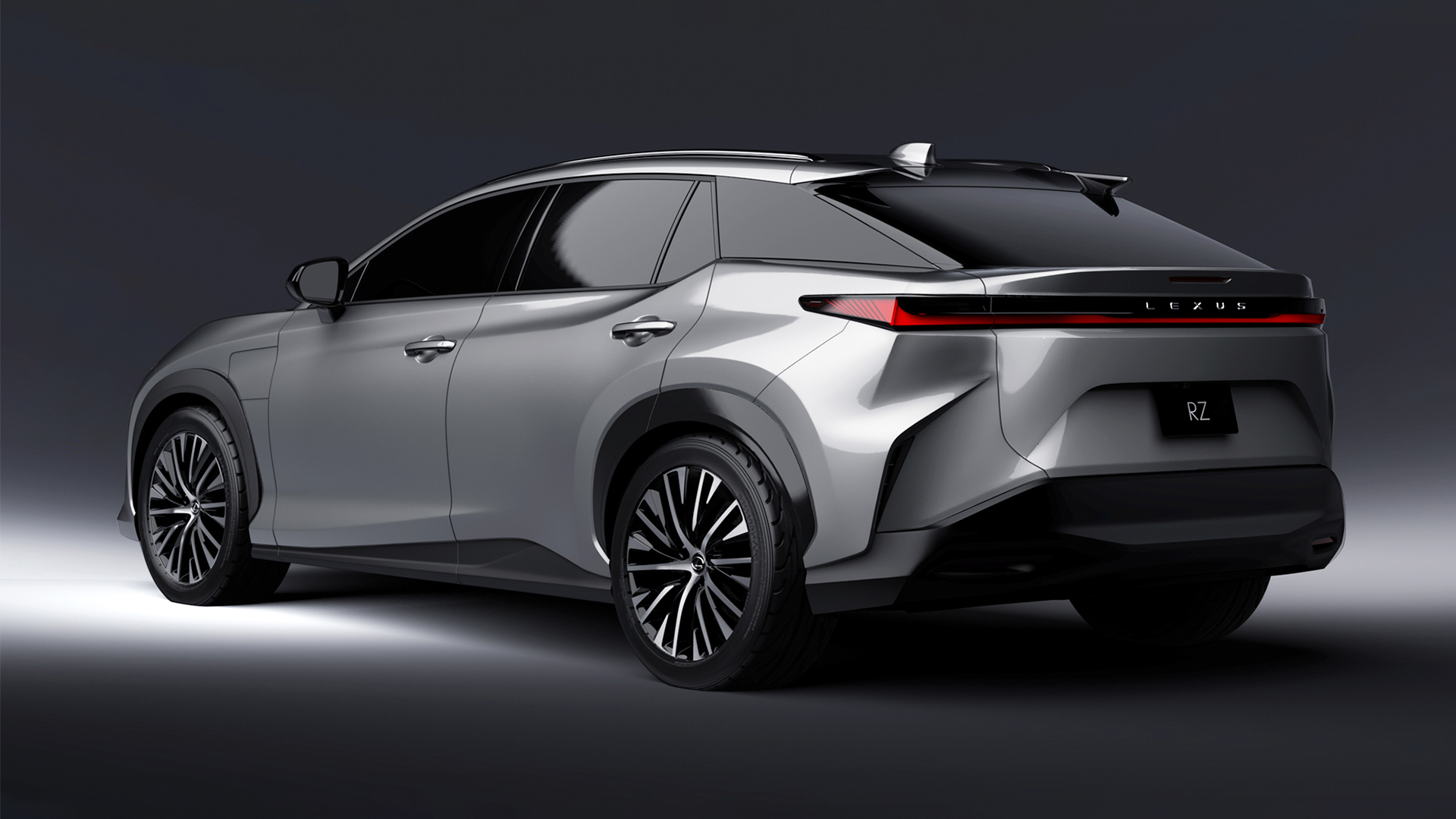
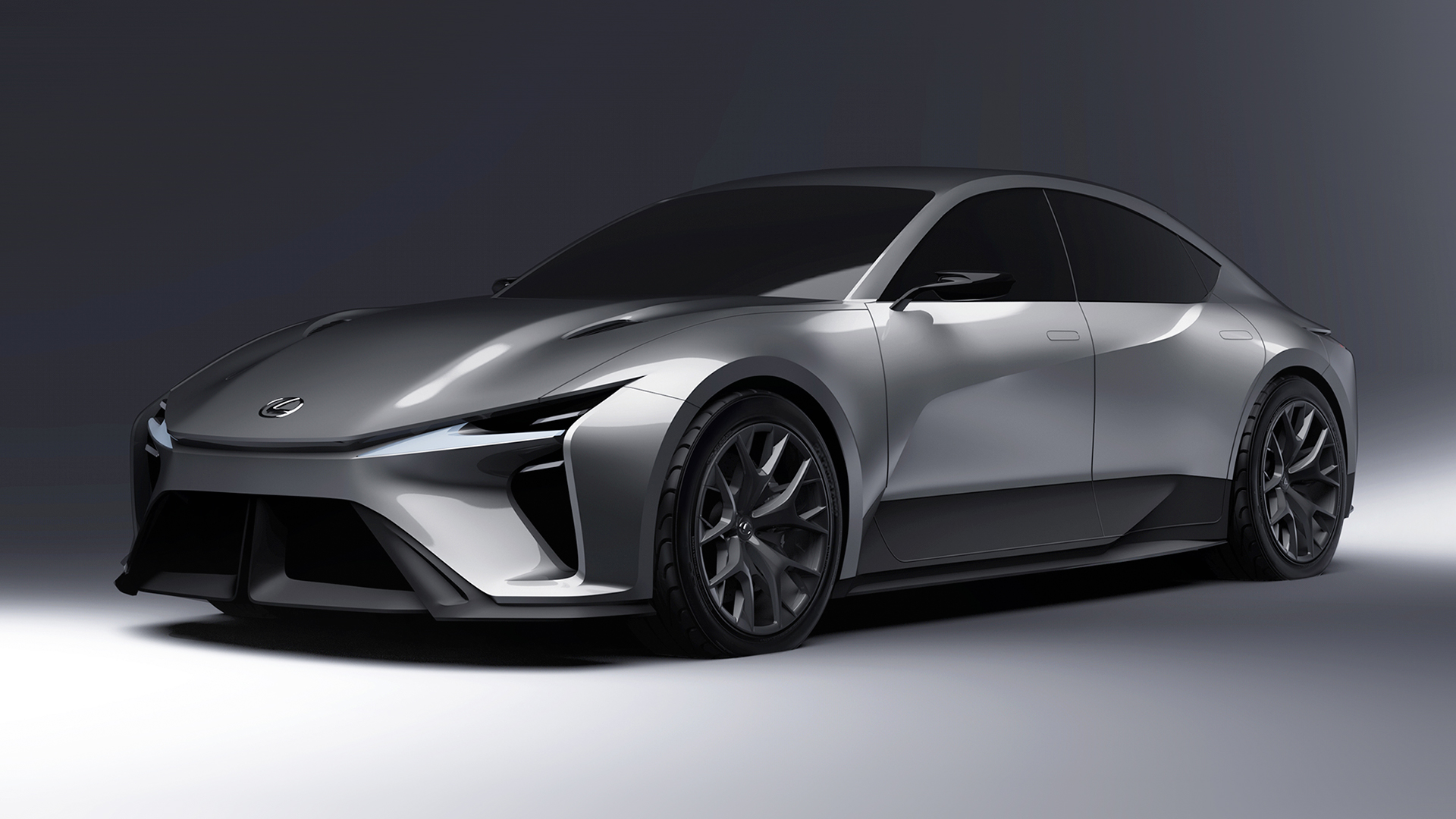
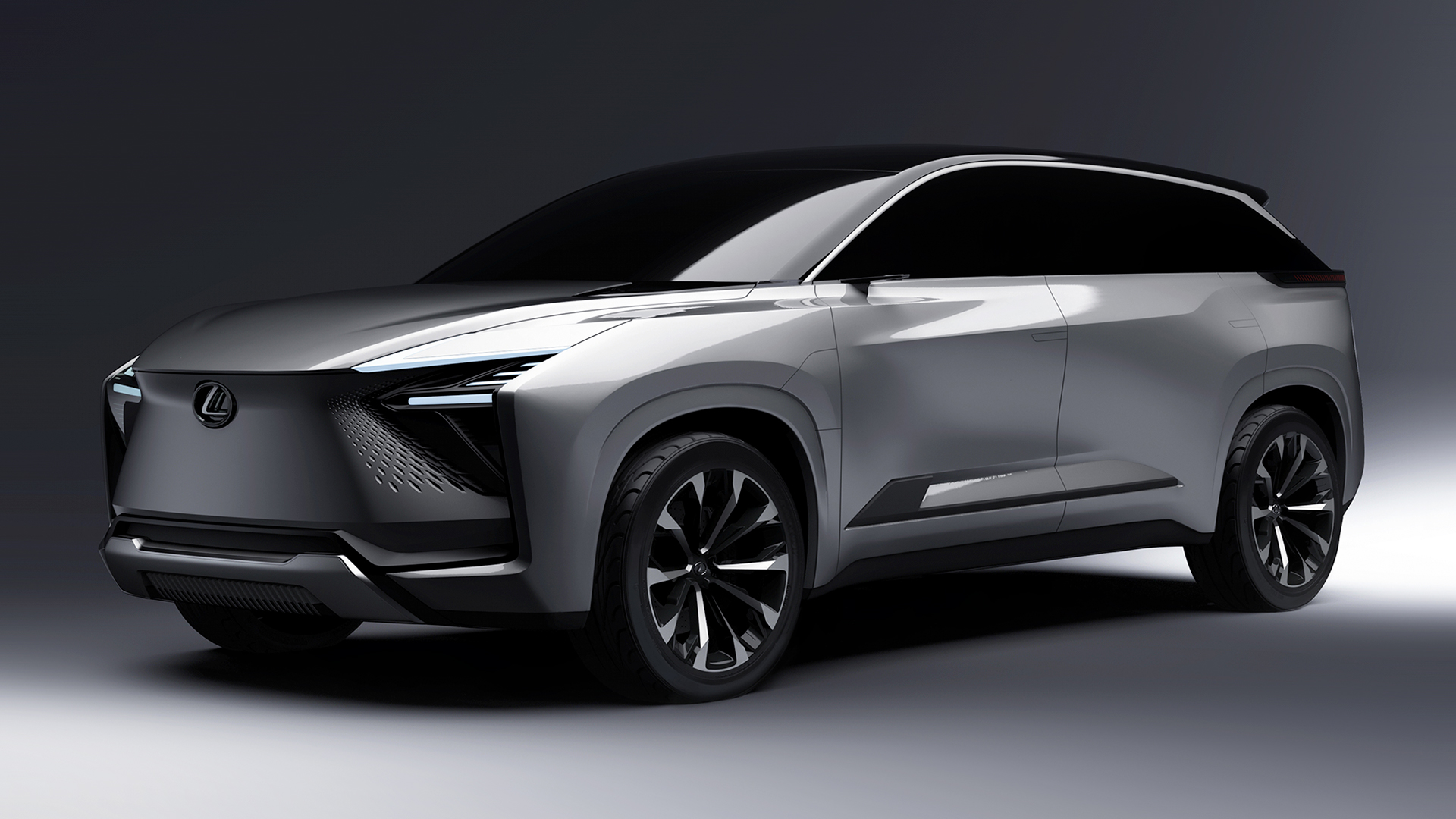
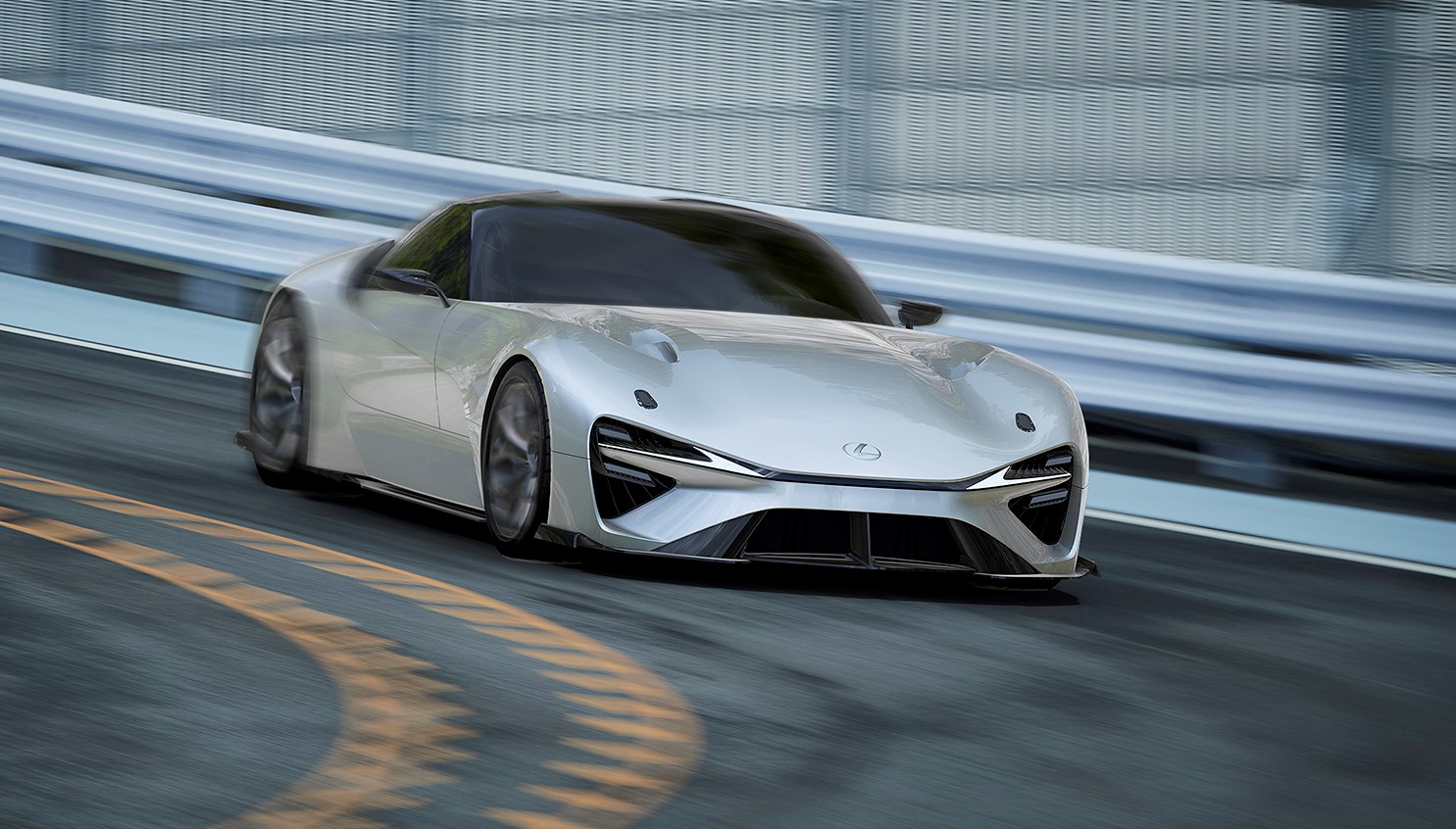
Toyota to step up investment and development of fully electric vehicles during this decade

Mexico City was the venue for the third round of the ABB FIA Formula E World Championship yesterday, with 22 drivers whizzing around the Autodromo Hermanos Rodriguez track in the all-electric single-seaters. A perfect mix of long, fast straights and a technical infield section produced intense races and high drama for the 40,000 spectators who turned up.
The circuit in Mexico City, part of which passes through the Foro Sol stadium, has new artwork that represents the modern, progressive, innovative values of Formula E’s race locations. The patterns draw on the rich cultural history of Mexico and combine this with modern-day artistic influences featuring a diverse tapestry of colours and patterns celebrating traditional techniques such as weaving, ceramics and mosaics, in a modern way.
Fresh from a third place finish in Round 2 (which was run at the same venue as Round 1 in Saudi Arabia last month) and a strong opening weekend for his new team, ROKiT Venturi Racing’s Lucas di Grassi would be the one to watch in Mexico. The Brazilian has made two trips to the top step in Mexico City, most recently in Season 5 after his first win two seasons earlier. Teammate Edo Mortara is looking to continue his fine opening weekend form and stay at the top of the drivers’ standings after winning the second of two races in Saudi Arabia.
Mortara’s win followed reigning World Champion Nyck de Vries’ victory in Round 1, as the Mercedes-EQ team immediately got to grips with the all-new Duels qualifying format. De Vries and teammate Stoffel Vandoorne dominated to take a one-two finish in the opening race of the seaon. The German manufacturer, which will leave Formula E after this season, sits just a point behind its customer outfit in the Teams’ World Championship, so Mercedes power is currently the benchmark.
The race
The competition was as close as it has ever been in the championship. Pascal Wehrlein led team mate Andre Lotterer in a historic 1-2 for the TAG Heuer Porsche Formula E, with the pair finishing 9 seconds ahead of the other cars, and both driver and team sealing their first ever victories in the championship. It was a perfect race for Porsche, with Wehrlein leading from Julius Baer Pole Position and fending off standings leader Mortara early on. The pair did drop into the pack behind the Swiss-Italian and Jean-Eric Vergne (DS TECHEETAH) for a brief period but gained a mighty energy advantage on the rest while still matching the leaders’ pace.
Into the final 15 minutes, Wehrlein and Lotterer picked their moment and passed Vergne and then Mortara for the lead. As they crossed the finish line, they were well ahead of the rest and could more than making amends for the heartbreak in Puebla in last season.
“It was very important for me [to win here], I have raced here a couple of times in the Championship and been close so many times. Here in Mexico last year was heart-breaking to finish in P1 but then get disqualified. It was payback this weekend and it feels amazing,” said Wehrlein.
Vergne was able to take third, with teammate da Costa battling to fourth after a number of skirmishes. Mortara did enough to hold on to the Drivers’ World Championship lead with fifth – the Venturi more marginal on energy than the Porsches and DS’ as the race wore on.
Reigning champion de Vries managed to end in sixth, a second ahead of Envision Racing’s Robin Frijns. Sebastien Buemi (Nissan e.dams) showed a stronger turn this time out to take eighth and points, just ahead of teammate Maximilian Guenther and Jake Dennis (Avalanche Andretti). Mortara thus heads the Drivers’ standings by 5 points over de Vries, with Wehrlein jumping to third with the Round 3 race win.
From Mexico City, the championship moves back across the Atlantic Ocean to Italy, where Rounds 4 and 5 will be run in Rome on April 9 and 10.
Formula E: Mercedes-EQ dominates opening round but ROKiT Venturi Racing grabs lead after Round 2
Pick-up trucks are big business in the US market and have been top-sellers for decades. Their popularity made the Ford F-Series the bestselling vehicles on the planet (though almost entirely sold in North America). While the Big Three – GM, Ford and Chrysler – have long dominated this segment of the market, newcomers from foreign brands like Toyota and Nissan have also made inroads but the American trucks are still firmly entrenched.
Now comes the next wave of competitors in the segment and they are not only entirely new players like Tesla, EdisonFuture, Canoo and Rivian but they are also starting off with electrically-powered trucks so they are positioning themselves for the future. Ford and GM are already on the starting line as well with their own fully electric pick-ups that have seen soaring orders – to the extent that Ford had to stop taking orders for its new F-150 Lightning.
Most of the products of the new players are not in the market yet but have been shown at motorshows and drawn tremendous response. Orders are flooding in for vehicles that will begin to reach customers later this year and in coming years. Clearly, American buyers are receptive to the idea of electrically powered trucks even though, traditionally, such vehicles have had huge engines to give them their workhorse capabilities.
As EV technology is still developing and evolving, there are many approaches being taken and some are innovations too. One of the innovative new trucks is from a start-up called EdisonFuture. It’s a 2-year old company established and based in California but if you follow the ownership trail, it will lead back across the Pacific to China’s SPI Energy.
The Chinese company also owns Phoenix Motorcars, which has specialised in developing medium-duty electric vehicles for commercial markets over the past two decades. So EdisonFuture is already starting off with access to substantial technological resources for developing its products which are trucks.
EdisonFuture is working on at least two models, both of which have been shown in concept form. The first is the EF1-T which has a solar charging capability which will provide up to 55 kms of range per day. The integrated solar panel over the vehicle can be pulled out over the rear bed and locked into place to protect the contents. The unique panel is called ‘Armadillo Armour’ and presumably has a tough construction.
Utilizing the same chassis and platform of EF1-T, the EF1-V Delivery Van is a robust and modern multi-purpose van. It can be used for work as well as travel or personal use in varying road and environment conditions from city streets to off-road.
As it functions as a delivery van, the EF1-V is given an enclosed body with sliding side doors and varying cargo volumes within a space-efficient container that is almost 2 metres long. The entire top of the cargo box is covered with solar panels so the battery pack can be recharged while parked.
EdisonFuture will offer three different powertrains to suit different requirements with either one, two or three motors. Power and torque outputs have not been revealed yet but there is a claim of up to 725 kms on a fully charged battery pack for the tri-motor version. There will also be a choice of battery packs up to 180 kWh.
Since appearing at the Los Angeles Auto Show late last year, EdisonFuture has seen encouraging response though most of it has been for the pick-up rather than the delivery van. Perhaps there are also proven and cost-effective electric vans already in the market and fleet operators are satisfied with them, and expect to keep them in use for a while longer.
The designs that were shown are still conceptual and works in progress. Icona Design, an Italian group, has been brought on board to collaborate on the exterior design of the two vehicles. As the production models won’t be on sale till 2025, there will still be time to get feedback at motorshows and from fleet operators to get the design right.
“Our vision for EdisonFuture and Phoenix Motorcars is to be leaders in sustainable transportation with focus on energy efficiency and innovative design,” said Xiaofeng Peng, Chairman & CEO of SPI Energy earlier this year.
Canoo unveils fully electric pick-up truck with production to start in 2023
© Copyright – Piston.my 2024 Trademarks belong to their respective owners. All rights reserved